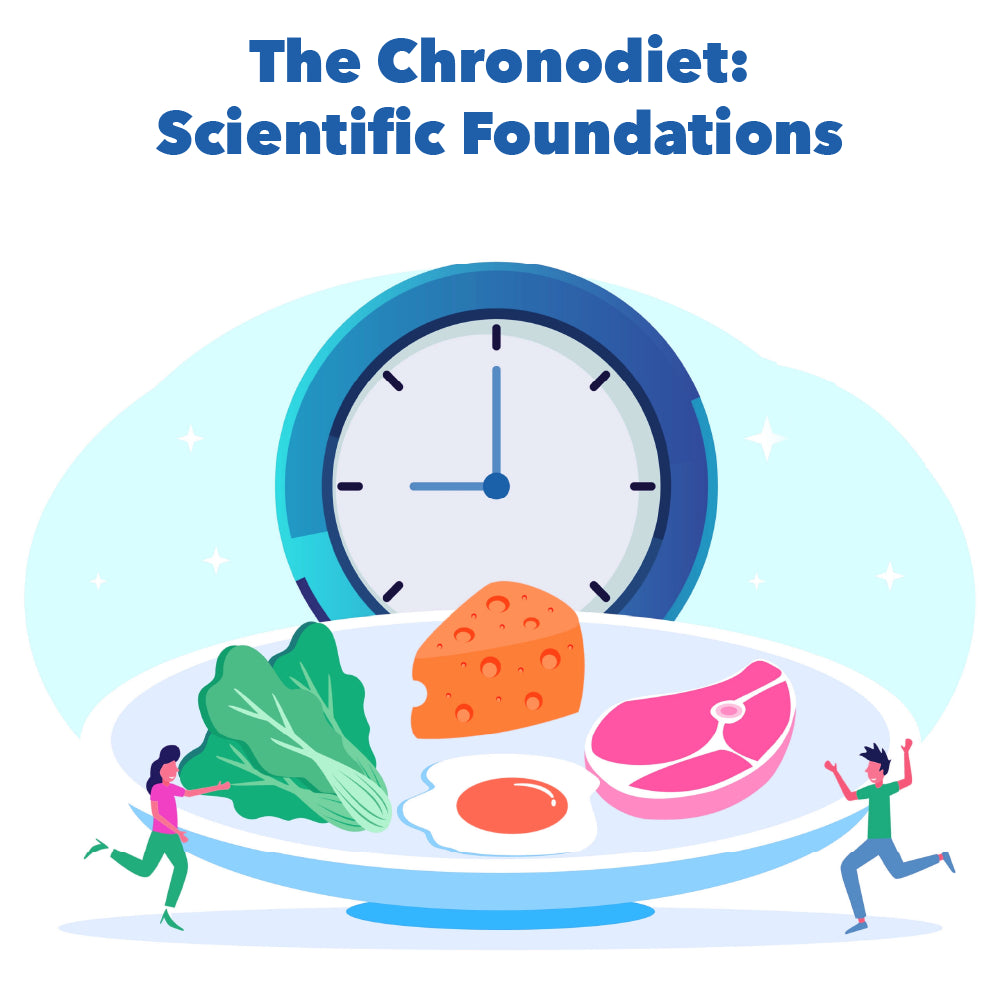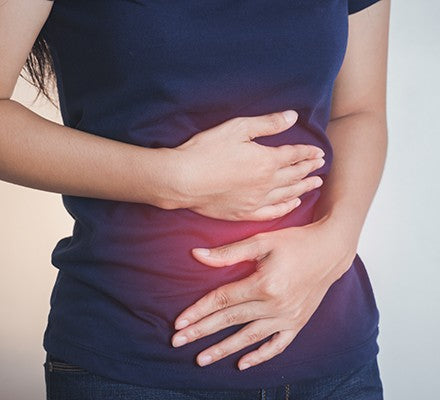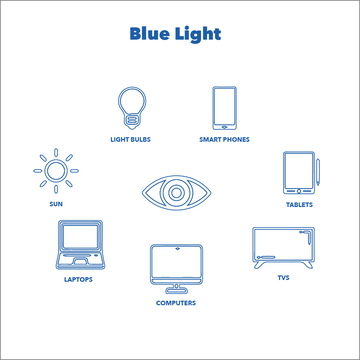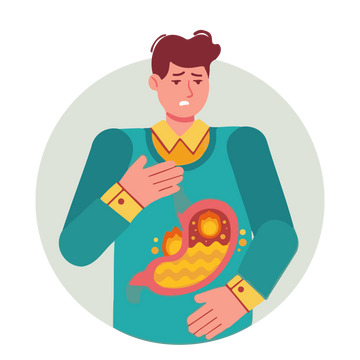Discover Related Products
Now explore supplements designed to support Longevity, Gut Health & Cellular Vitality.
CITOZYM - Support Natural Detox, Immune and Longevity Support
The Chronodiet: Scientific Foundations

The chronodiet is an eating plan that takes into account the circadian rhythms of our body, which are biological cycles of approximately 24 hours that regulate numerous physiological functions, including metabolism. This approach is based on the idea that the time of day when meals are consumed can significantly affect nutrient absorption and weight management.
Circadian Rhythms and Biological Clocks
Circadian rhythms are biological cycles that follow a roughly 24-hour pattern and regulate multiple physiological functions, including sleep, body temperature, hormone production and metabolism. These rhythms are influenced by environmental signals such as light and darkness and are orchestrated by a complex system of biological clocks distributed throughout the body.
Suprachiasmatic Nucleus (SCN)
The suprachiasmatic nucleus (SCN), located in the hypothalamus, is the main biological clock that coordinates circadian rhythms. The SCN receives signals from the retina through the retinohypothalamic tract, informing it about the presence of light in the environment. This signal helps synchronize circadian rhythms with the external light-dark cycle (1).
Peripheral Clocks
In addition to the SCN, there are peripheral clocks in various tissues and organs, such as the liver, pancreas, adipose tissue, and skeletal muscles. These peripheral clocks can be regulated by dietary and hormonal signals, in addition to the central clock in the SCN. These peripheral clocks play a crucial role in regulating local metabolism and responding to nutrients (2).
Regulation of Circadian Rhythms
Circadian rhythms are regulated by a complex interplay of genes and proteins known as the "circadian clock." The main molecular components of the circadian clock include the CLOCK, BMAL1, PER, and CRY genes. These genes and their proteins interact in a feedback loop that lasts about 24 hours, modulating gene expression and cellular function rhythmically (3).
Influence of Light
Light is the primary synchronizer of circadian rhythms. Exposure to light during the day helps maintain circadian rhythms aligned with the external environment, while exposure to light at night can disrupt these rhythms. Blue light, in particular, has a powerful effect on regulating circadian rhythms by suppressing the production of melatonin, the hormone that induces sleep (2).
Melatonin, produced by the pineal gland, follows a circadian rhythm with low levels during the day and high levels at night. Exposure to light, especially blue light, inhibits melatonin production, signaling to the body that it is still daytime and delaying the onset of sleep. This mechanism is fundamental for adapting our sleep-wake cycle to the external environment (2).
Influence of Meals
Meals also act as synchronizers of circadian rhythms, especially for peripheral clocks. The time of day when meals are consumed can affect the regulation of circadian rhythms by altering the expression of peripheral clock genes and local metabolism. For example, eating late at night can desynchronize peripheral clocks from the central clock in the SCN, leading to metabolic dysfunction (1).
Food intake provides temporal signals to metabolic tissues, synchronizing peripheral circadian rhythms with feeding cycles. This process is mediated by changes in nutrient and hormone levels in the blood, which in turn influence the expression of circadian genes in peripheral tissues. For instance, glucose and fatty acids affect the expression of clock genes in the liver, rhythmically modulating carbohydrate and lipid metabolism (1).
Impacts of Circadian Rhythms on Metabolism
Insulin Sensitivity and Glucose Metabolism
Insulin sensitivity, a hormone crucial for regulating blood glucose, varies throughout the day. In the morning, insulin sensitivity is higher, facilitating the absorption of glucose into cells to produce energy. In the evening, insulin sensitivity decreases, making the body less efficient at using glucose, which can then be more easily converted into fat (4).
Hormone Secretion and Energy Metabolism
Hormones that regulate energy metabolism follow circadian rhythms. Cortisol, a hormone that increases blood sugar levels, peaks in the morning and decreases throughout the day. Ghrelin, known as the hunger hormone, peaks just before meals and stimulates appetite. Leptin, a hormone that suppresses appetite, is higher in the evening and during the night, contributing to the regulation of energy balance (2).
Digestion and Nutrient Absorption
Digestion and nutrient absorption are also influenced by circadian rhythms. During the day, gastrointestinal motility and the production of digestive enzymes are at their peak, enhancing digestion and nutrient absorption. At night, these processes slow down, making nutrient absorption less efficient (1).
Health Implications
Metabolic Disorders
Misalignments between circadian rhythms and eating cycles can lead to metabolic disorders such as obesity, type 2 diabetes, and cardiovascular diseases. Eating out of sync with natural circadian rhythms can increase the risk of developing insulin resistance and other metabolic dysfunctions (5).
Metabolic Improvements
Eating in sync with circadian rhythms can improve various metabolic health parameters, such as insulin sensitivity, cholesterol levels, and inflammation markers. Studies on animals and humans have shown that time-restricted feeding (TRF), which limits food intake to a restricted time window, can improve insulin sensitivity, reduce body fat, and decrease inflammation (5).
Conclusions
Understanding circadian rhythms is crucial for optimizing the chronodiet. Integrating the chronodiet into your eating routine by synchronizing meals with the body's biological rhythms can lead to significant improvements in metabolism, weight management, and the prevention of metabolic and cardiovascular diseases.
References
- Garaulet, M., & Gómez-Abellán, P. (2014). Timing of food intake and obesity: A novel association. Physiology & Behavior, 134, 44-50.
- Panda, S. (2016). Circadian physiology of metabolism. Science, 354(6315), 1008-1015.
- Boden, G., Ruiz, J., Urbain, J. L., & Chen, X. (1996). Evidence for a circadian rhythm of insulin secretion. American Journal of Physiology- Endocrinology and Metabolism, 271(2), E246-E252.
- Garaulet, M., Sánchez-Moreno, C., Smith, C. E., Lee, Y. C., Nicolás, F., Ordovás, J. M. (2010). Ghrelin, sleep reduction and evening preference: relationships to CLOCK 3111 T/C SNP and weight loss. PLoS One, 5(2), e9067.
- Scheer, F. A., Hilton, M. F., Mantzoros, C. S., & Shea, S. A. (2009). Adverse metabolic and cardiovascular consequences of circadian misalignment. Proceedings of the National Academy of Sciences, 106(11), 4453-4458.







No comments